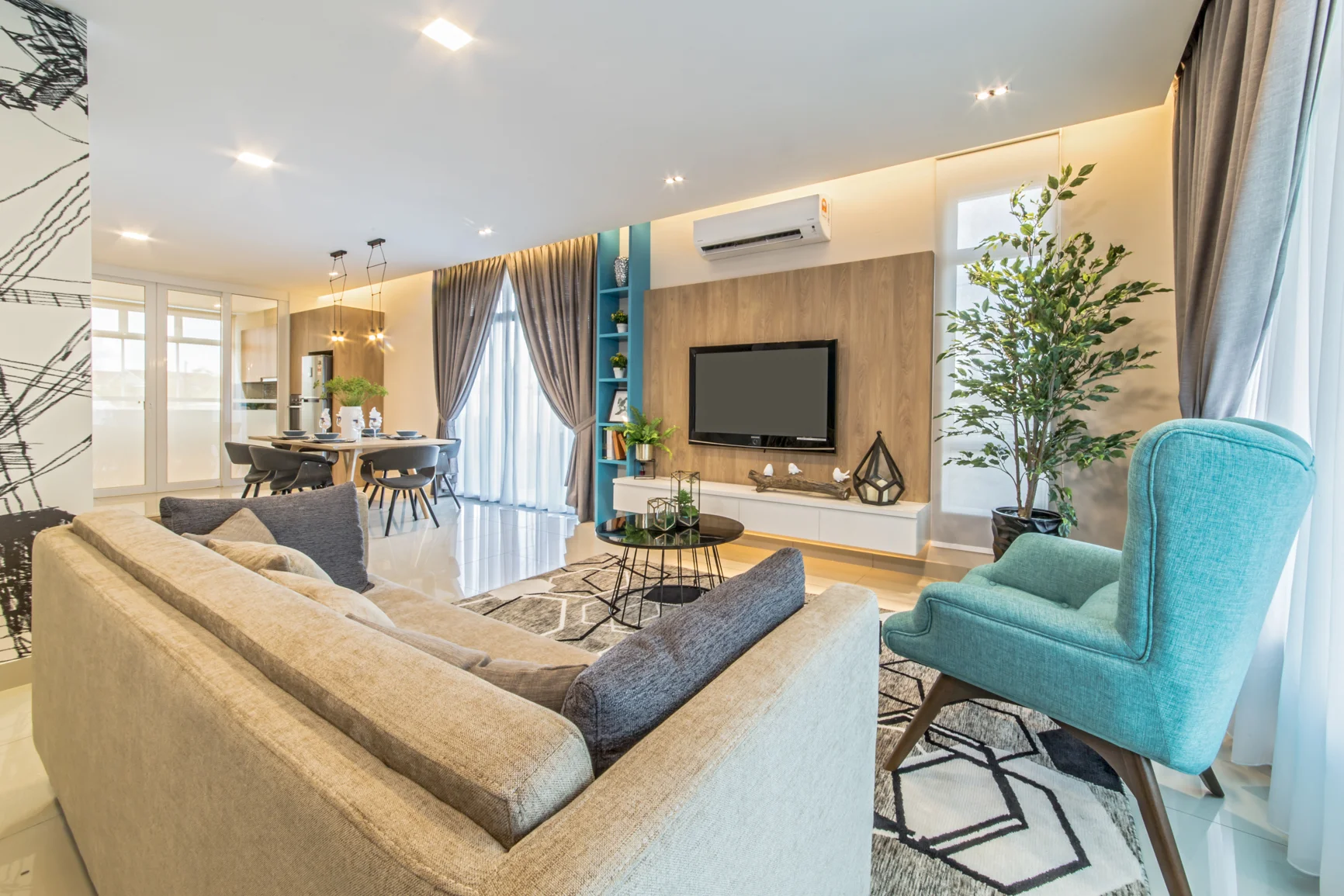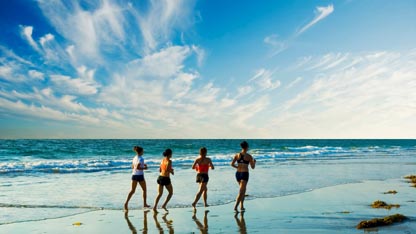You’ll face a fundamental shift when your portfolio spans Singapore’s intimate boutique properties and sprawling five-star complexes. The 12-room heritage hotel that made your reputation with soft natural light and 35mm framing won’t translate to Marina Bay’s grand lobbies demanding 14mm perspectives and carefully orchestrated strobes. Each property type requires you to recalibrate your technical approach, compositional mindset, and equipment selection. The question isn’t whether you can adapt—it’s how quickly you’ll master these competing visual languages.
Understanding Scale and Spatial Relationships Across Property Types
When you shift between photographing a compact urban loft and an expansive estate, your lens choice and positioning strategy must shift dramatically to accurately convey each space’s unique proportions. In Singapore’s dense urban landscape, you’ll navigate cramped condominiums requiring wide-angle lenses to capture intimate quarters without distortion. Conversely, landed properties demand longer focal lengths to compress depth and showcase grand architecture. As a Singapore interior photographer, you must master vertical compositions for high-ceiling penthouses while employing low angles to emphasize spatial flow. Your camera height adjustments—from floor-level shots to elevated perspectives—directly influence how viewers perceive room dimensions and architectural relationships.

Lighting Techniques That Transform With Venue Size
As you shift from intimate studio apartments to sprawling mansions, your lighting arsenal must expand beyond simple ambient illumination to encompass sophisticated multi-point setups that sculpt space and define architectural hierarchy. In compact spaces, you’ll rely on strategic bounce techniques and window diffusion to prevent harsh shadows. Larger venues demand graduated lighting zones—foreground key lights, mid-ground fill, and background separation. You’ll position strobes at varying heights to emphasize ceiling drama while maintaining floor detail. Cross-lighting reveals texture across expansive walls, while rim lighting defines furniture silhouettes against vast backdrops, creating visual depth that guides viewers through each carefully orchestrated spatial narrative.
Compositional Strategies for Different Brand Identities
Brand identity dictates every compositional decision you’ll make, from the geometric precision required for minimalist luxury brands to the organic, lived-in arrangements that define bohemian lifestyle companies. You’ll employ strict symmetrical framing for corporate hotels, emphasizing clean lines and architectural elements. Boutique properties demand asymmetrical compositions that highlight unique design details and curated objects. For heritage brands, you’ll center traditional elements while maintaining formal balance. Contemporary lifestyle brands require dynamic angles and layered compositions that suggest movement. Each frame must reflect the brand’s core values—whether that’s timeless elegance, cutting-edge innovation, or authentic craftsmanship.
Equipment and Workflow Adaptations for Varying Project Scopes
Whether you’re shooting a single luxury suite or documenting an entire resort chain, your equipment selection and workflow must scale precisely to match project demands. Boutique projects demand nimble setups—single camera bodies, prime lenses, portable lighting rigs. You’ll move swiftly through intimate spaces, capturing character details that define smaller venues. Large-scale hospitality projects require systematic approaches: multiple camera systems, extensive lens collections, heavy-duty tripods, and standardized lighting packages. You’ll implement batch processing workflows, consistent naming conventions, and streamlined delivery systems. Your post-production pipeline must handle volume efficiently while maintaining quality standards across hundreds of images for brand consistency.
